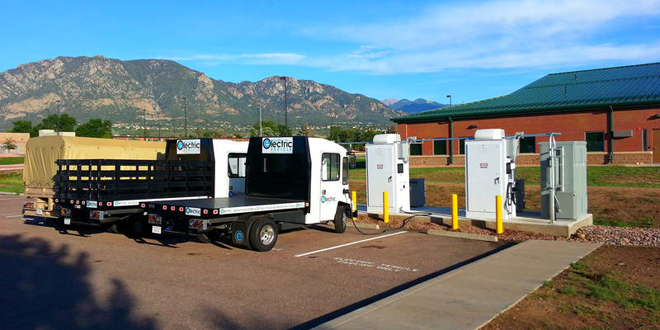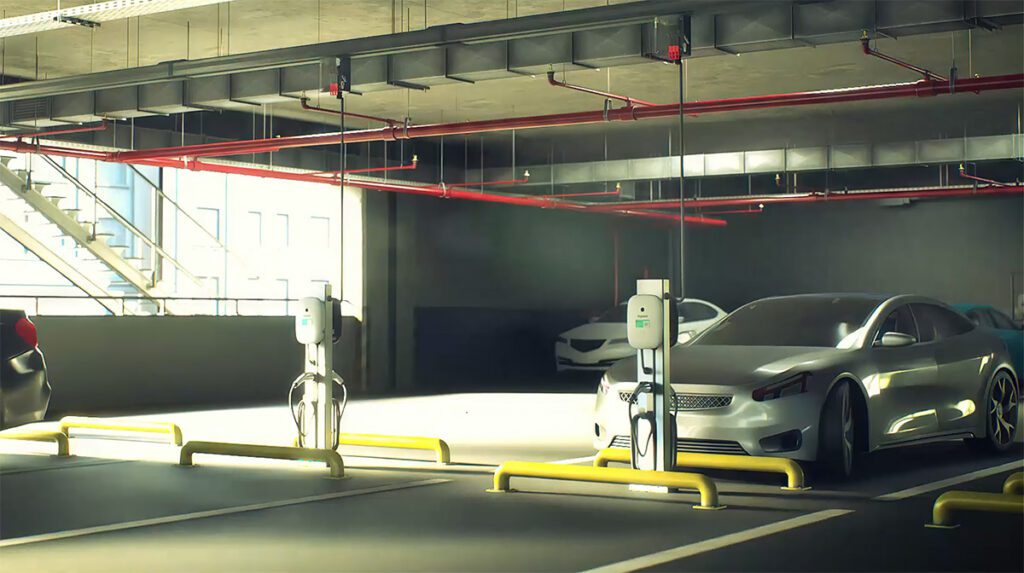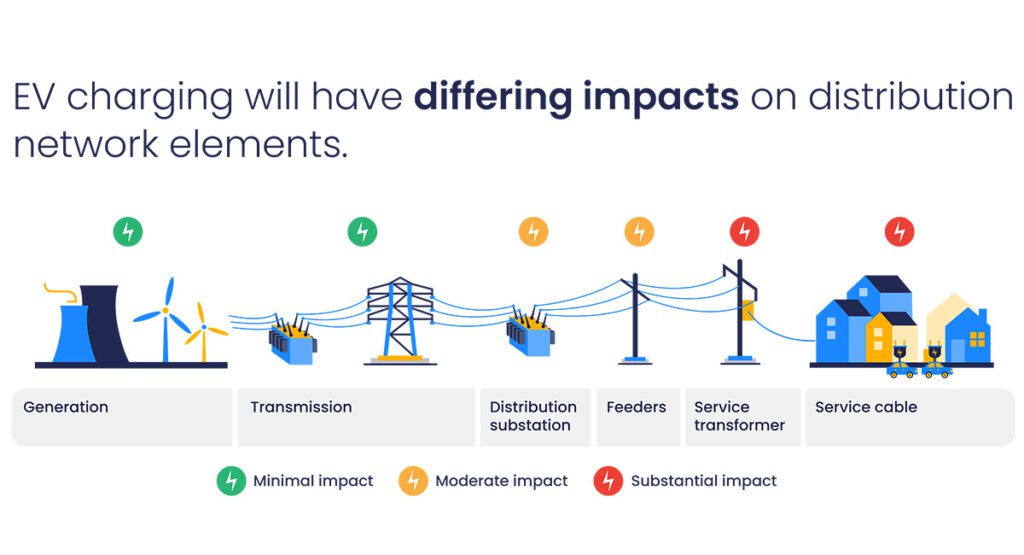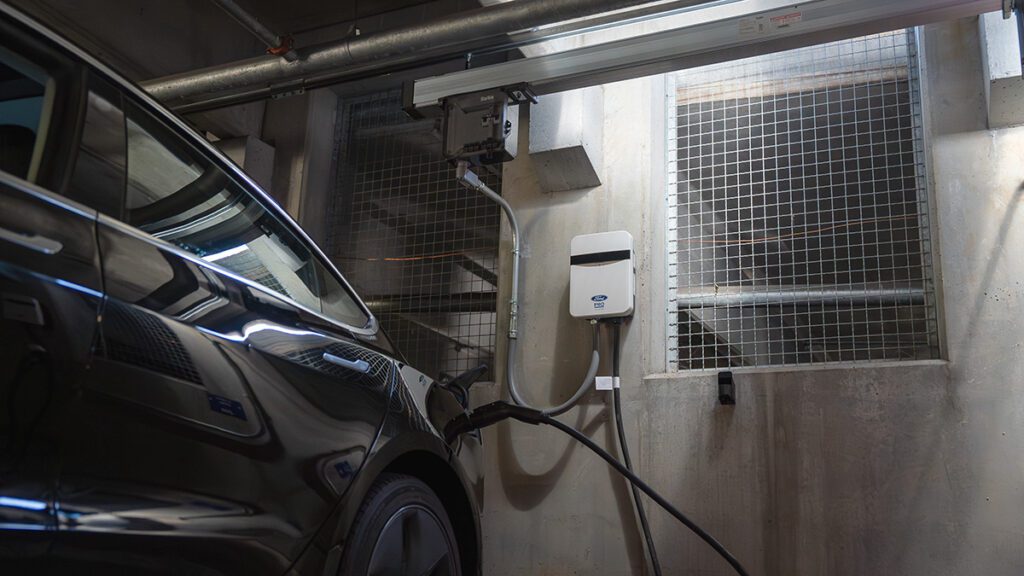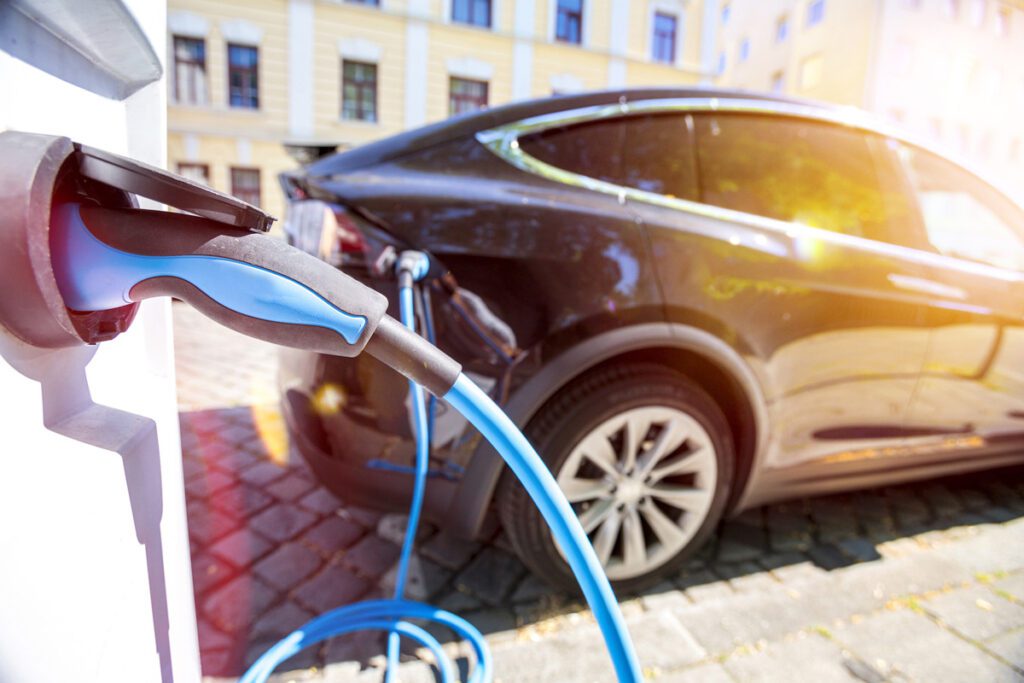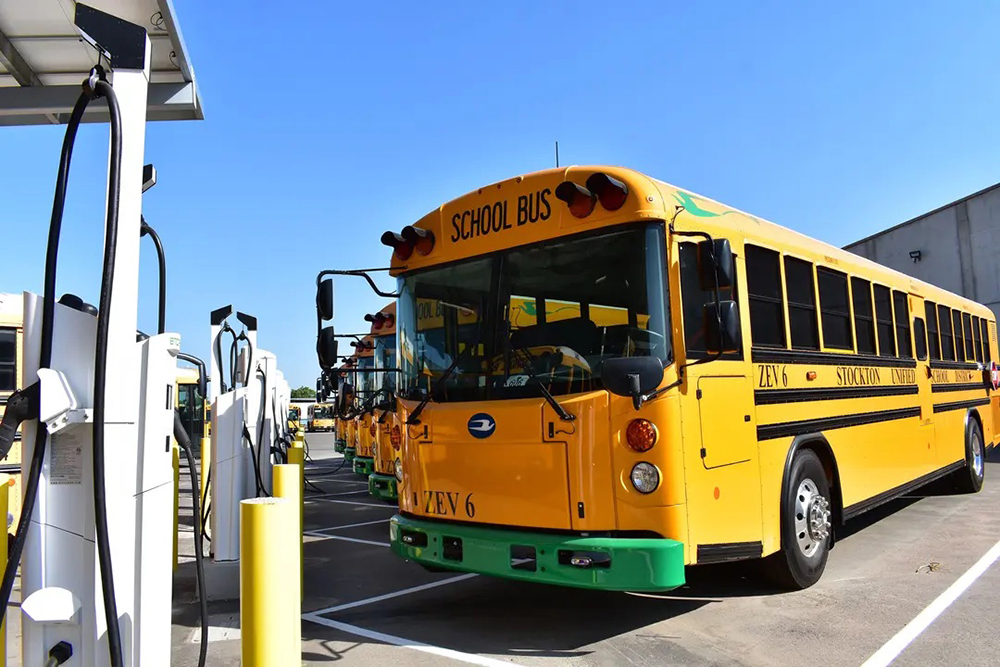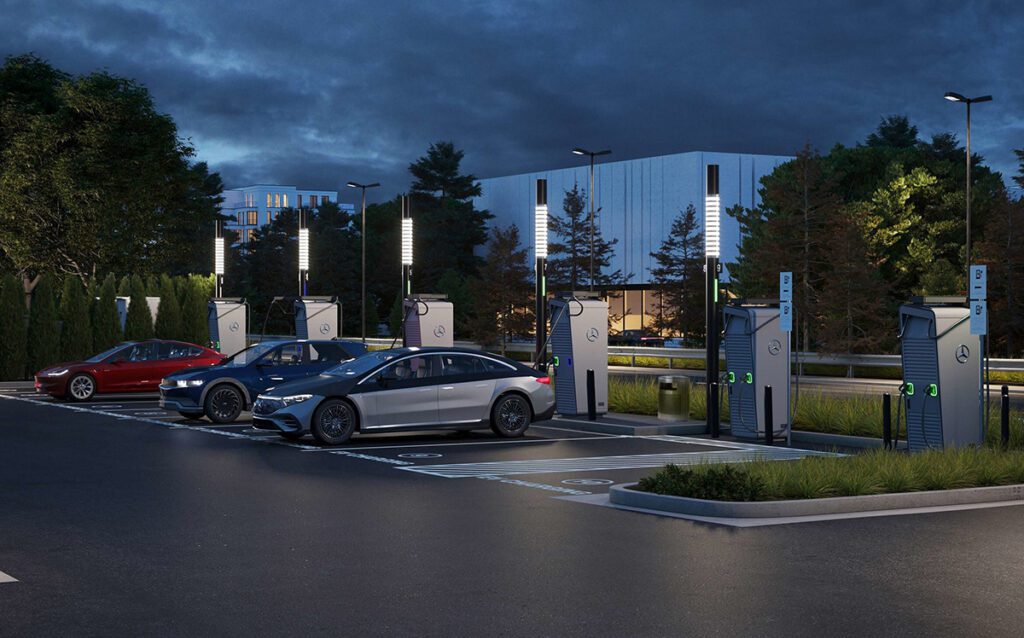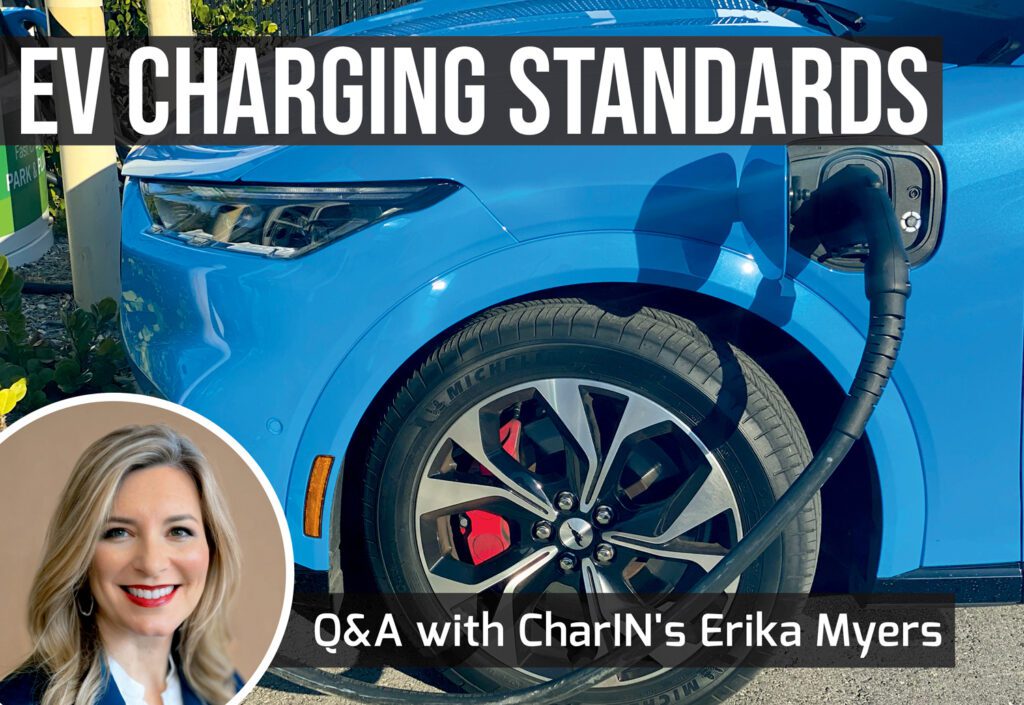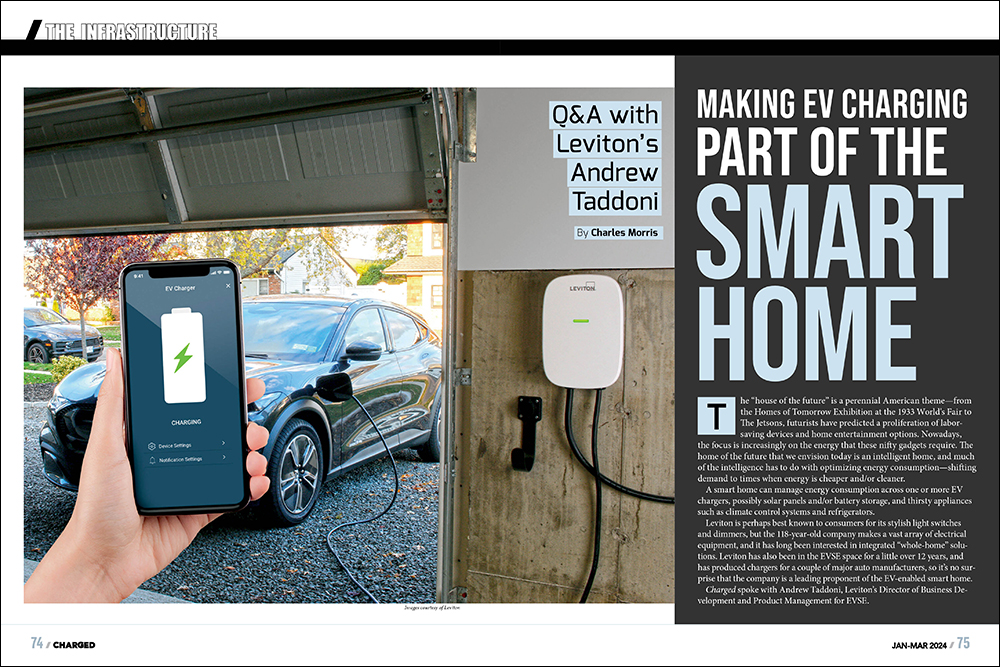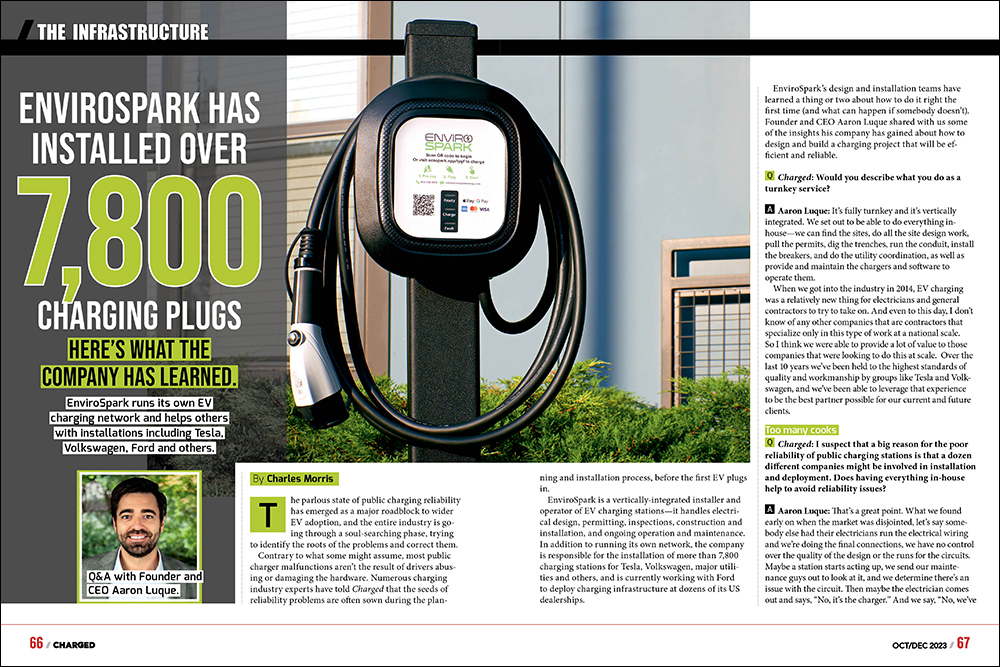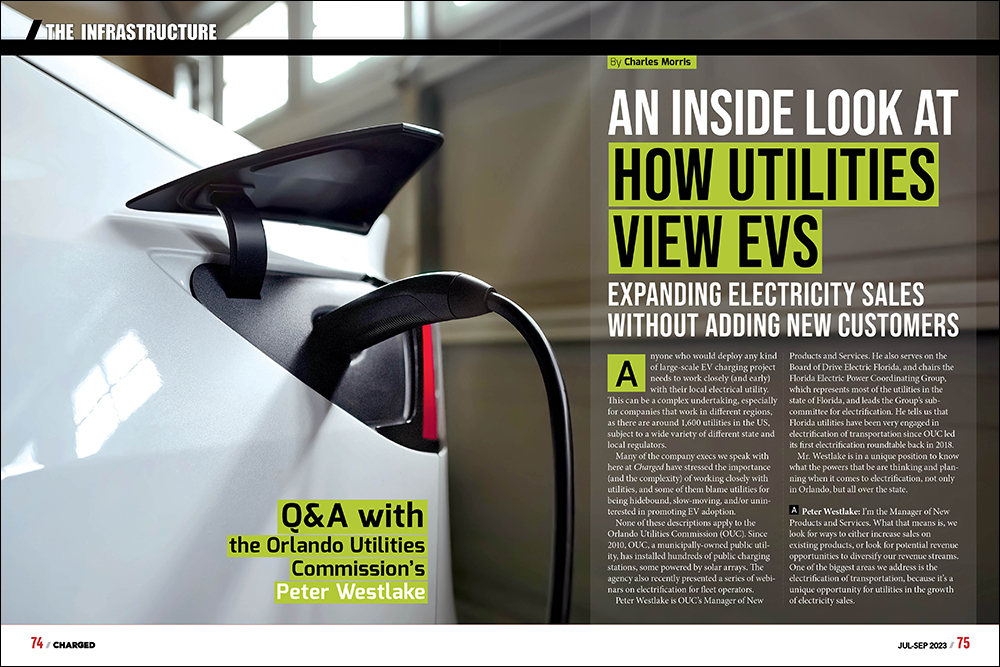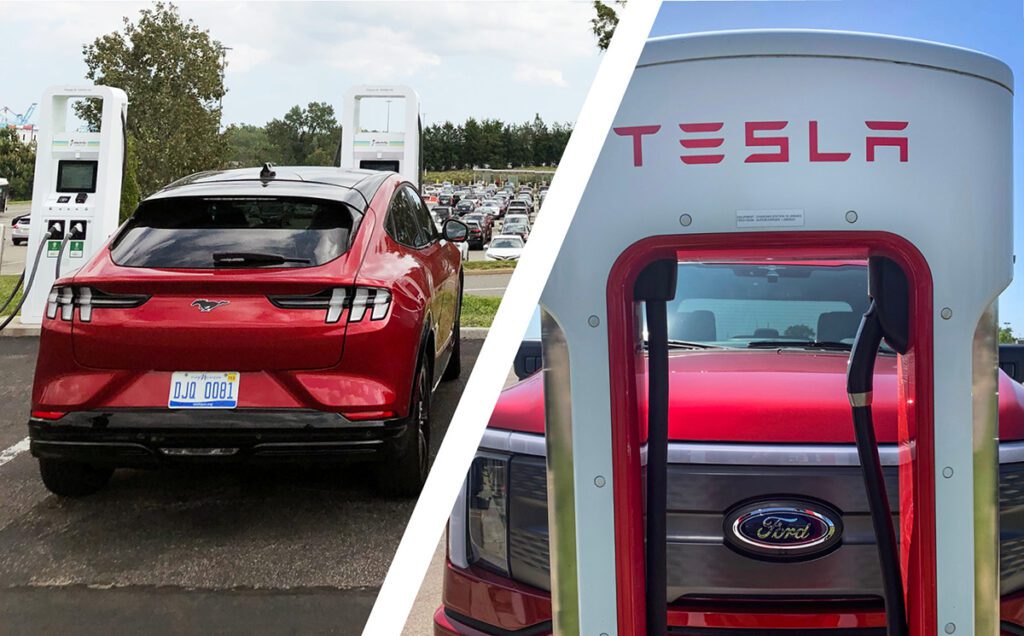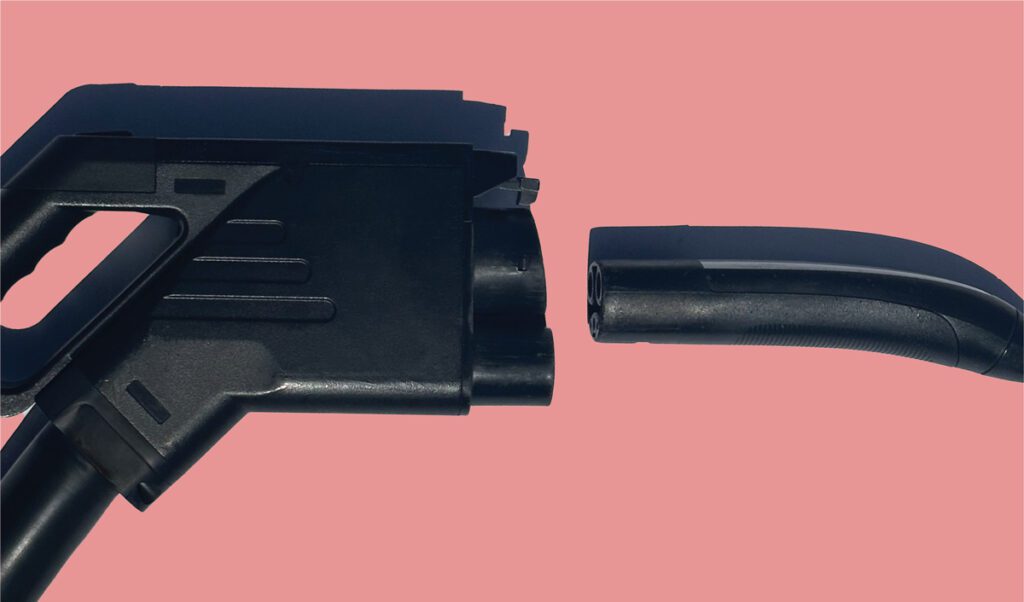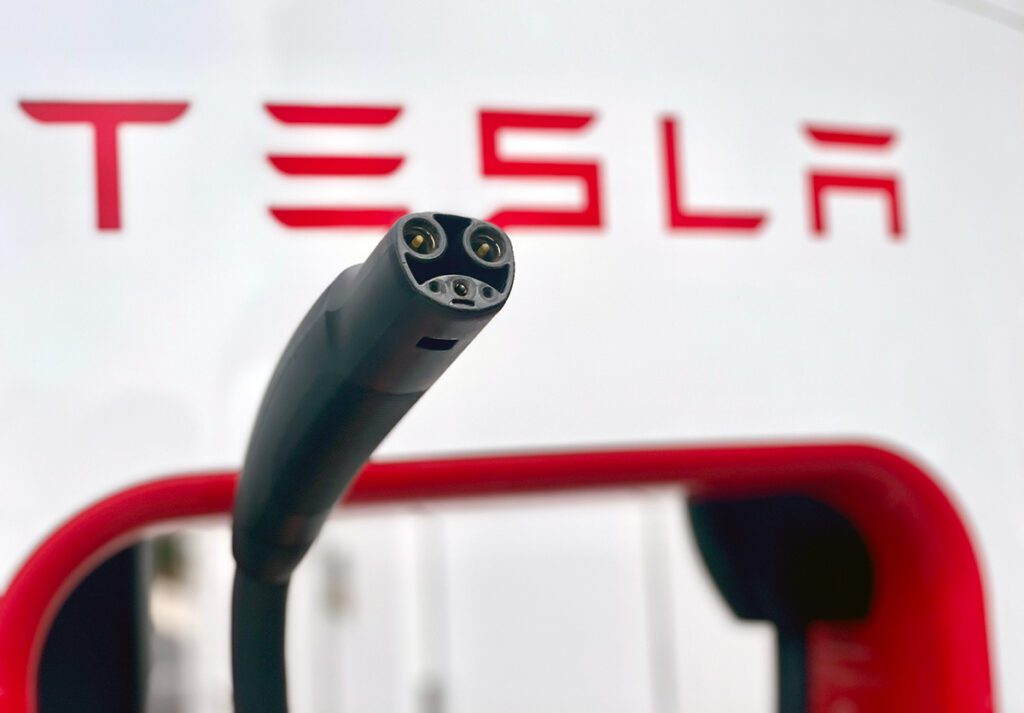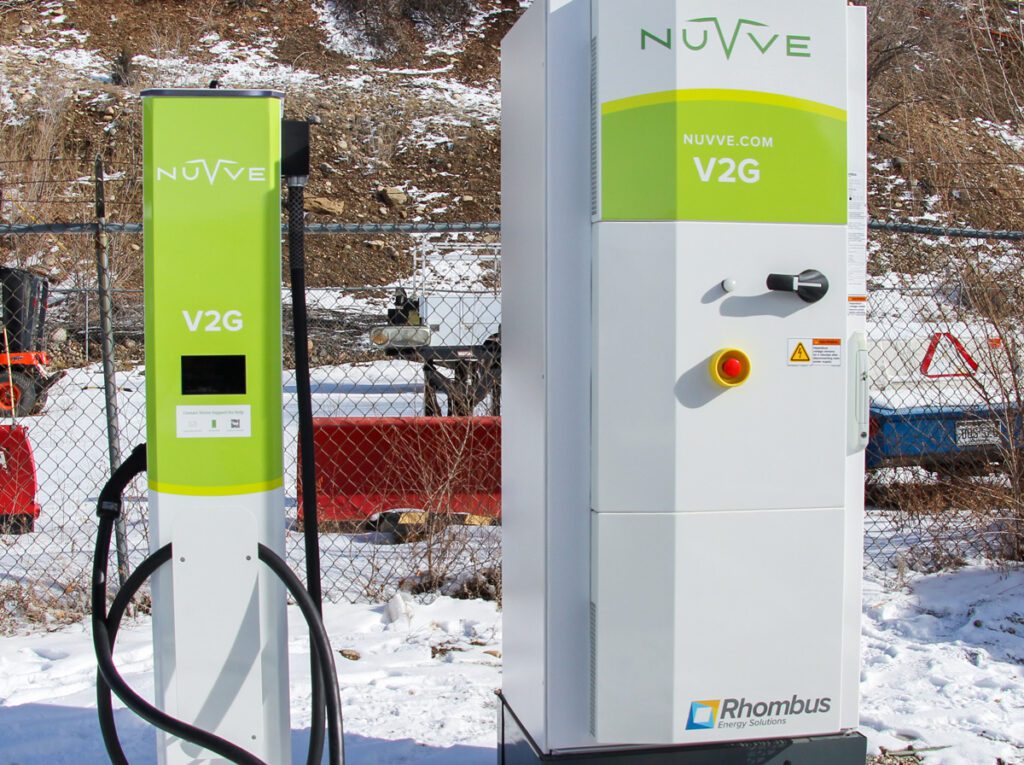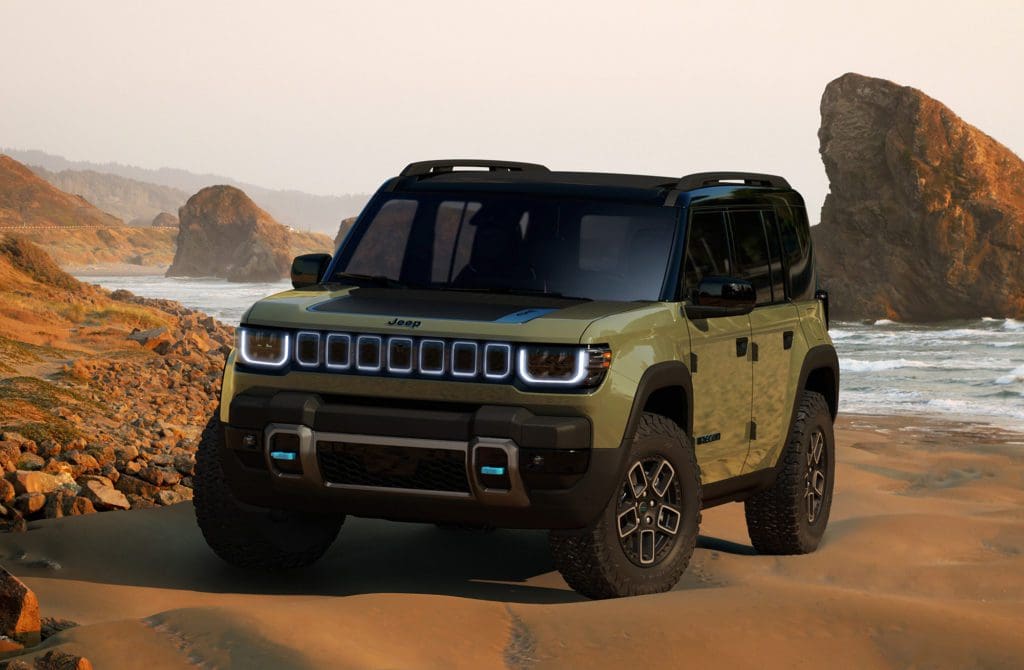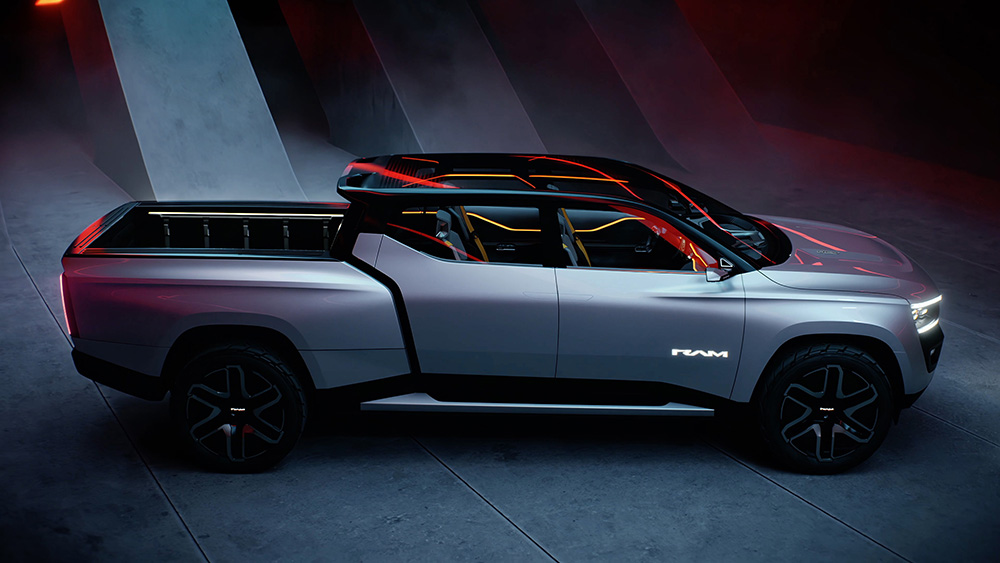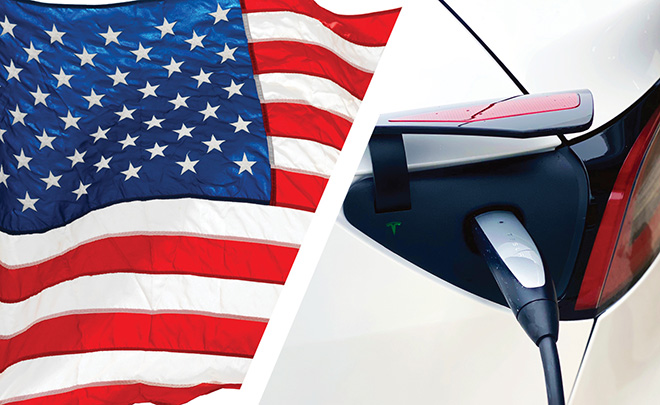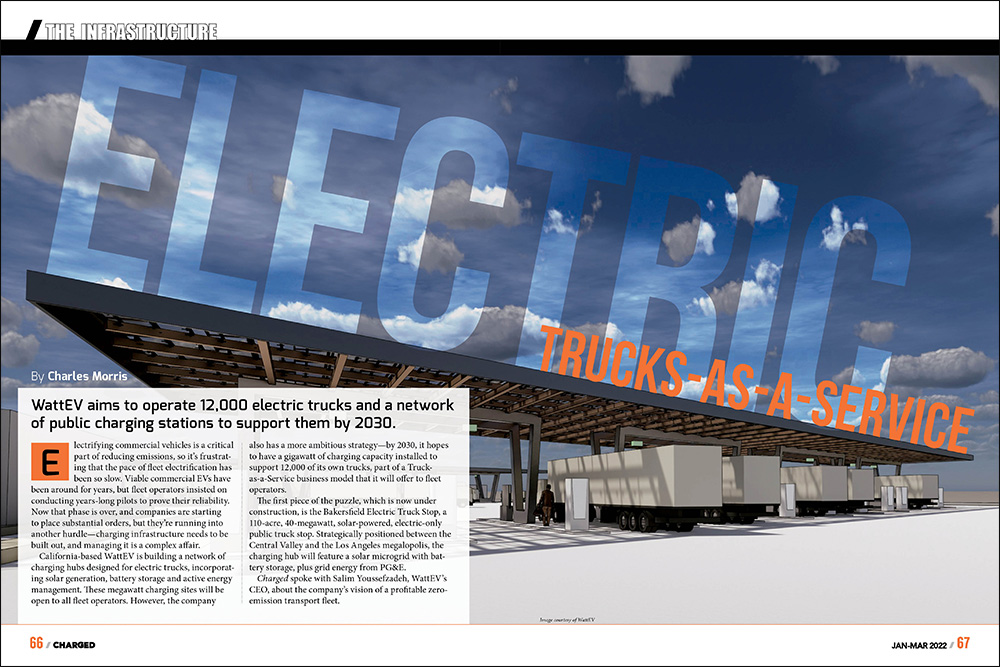It’s not just trees and money that are green – it’s also the color of military uniforms. The US Army is a pioneer in electric mobility and renewable energy, especially in the field of microgrids – small independent smart grids that can power an entire military base. Last December, the Army Corps of Engineers commissioned the Southwest Research Institute (SwRI) and Missouri-based Burns and McDonnell Engineering to build a self-contained microgrid at Fort Carson, Colorado. This week, the team powered up a system of bidirectional fast-charging stations for a fleet of Boulder Electric Vehicle and Smith Electric plug-in trucks.
The five bidirectional chargers and the aggregating control system are part of the Smart Power Infrastructure Demonstration for Energy Reliability and Security (SPIDERS) project. Each of the units can provide up to 60 kW of power, and can discharge a like amount of stored energy from the vehicle batteries to the microgrid via SAE standard J1772-compliant bidirectional charging cables. The SPIDERS project also incorporates diesel generators and a 2 MW photovoltaic array.
The vehicle-to-grid (V2G) charging includes power factor correction. The chargers can import and export a combined 394 kvar (reactive power that diminishes the real power capacity of transmission lines) to the local grid even when EVs are not connected to the chargers. This provides a 24-hour benefit to Fort Carson by absorbing reactive power from the grid, thus increasing the power factor of the loads at Fort Carson and making the transmission of power from the local utility more efficient and less costly.
Source: Burns & McDonnell






